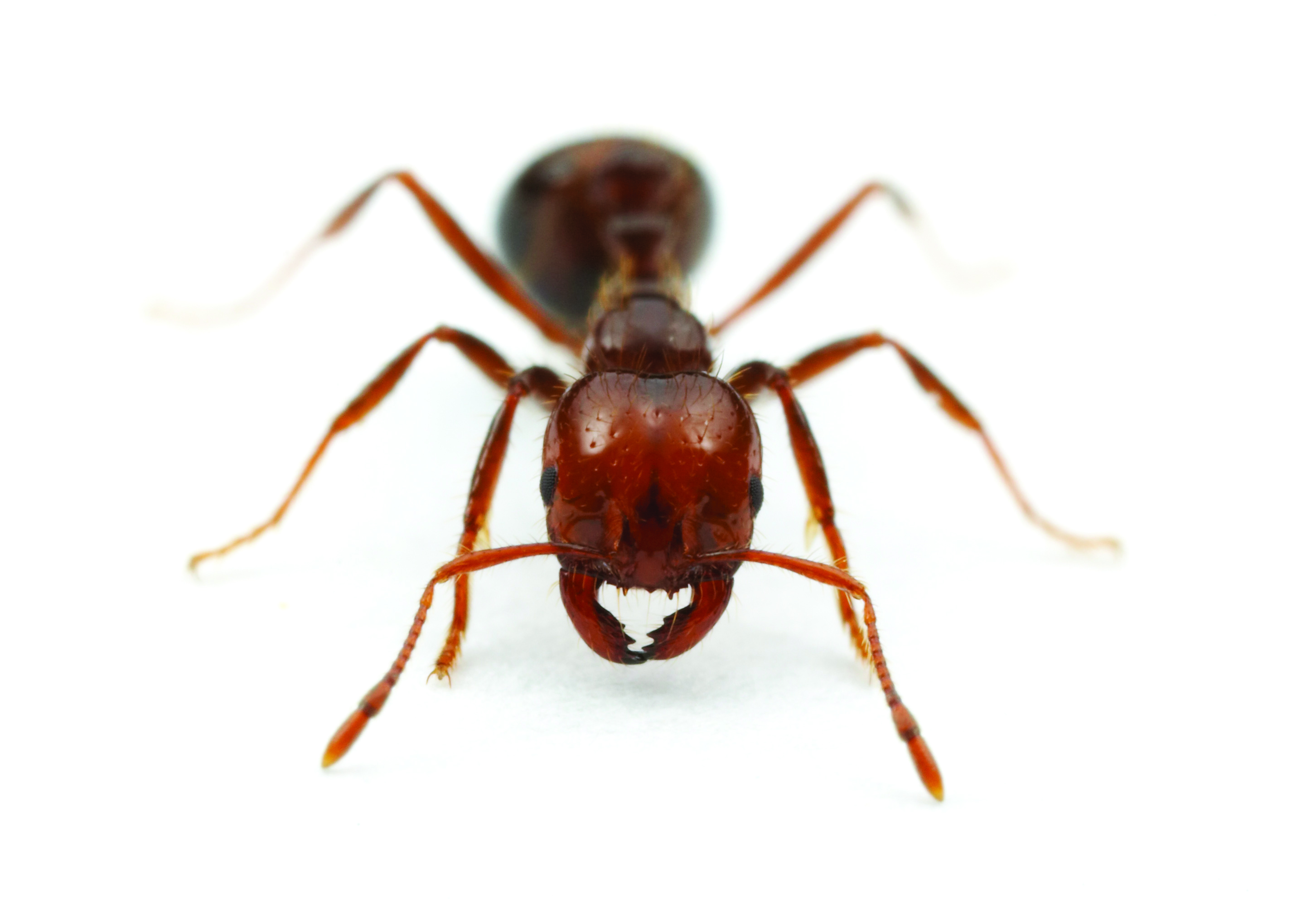
Treating Fire Ants When They’re Foraging is Essential – Here’s How to Do It Right
It’s no secret that fire ants can disrupt your property and cause significant damage for large operations. To control these pests effectively, it’s crucial to treat them at the right time—when they’re foraging. By applying bait strategically, you can minimize their impact and keep your operation running smoothly. Here's why it’s imperative to treat fire ants during foraging, how to determine when they’re foraging, and tips for proper treatment.
Why Foraging Timing Matters
Fire ant treatments are most effective when the ants are actively foraging because they carry bait back to the colony, allowing the entire mound to be affected. If applied when ants are inactive, the bait may go unnoticed, significantly reducing its efficacy.
Foraging occurs when the soil temperature is above 60 degrees Fahrenheit, making early spring and late summer or early fall the best times for treatment. These seasons align with peak ant activity, allowing for maximum colony disruption.
Best Practices for Fire Ant Treatment
A quick and simple test can tell you if fire ants are foraging:
- Place a crumbled potato chip near the fire ant mound.
- Wait a few minutes to see if ants begin feeding.
- If ants are not attracted to the chip, try again later in the day.
When you’ve confirmed that ants are foraging, follow these tips for best results:
- Avoid applying bait when the area is wet from dew or irrigation, as moisture reduces its attractiveness. Make sure no rain is expected for at least six hours after application.
- For best control, apply 2–3 times annually or anytime fire ants are spotted.
- Hold off watering the area for 24 hours after treatment to allow the ants to fully take up the bait.
Treating with Extinguish® Professional Fire Ant Bait
Extinguish® Professional Fire Ant Bait offers powerful, long-term control of fire ants, targeting the queen’s reproductive abilities to prevent future generations from emerging.
- Contains (S)-methoprene, an insect growth regulator (IGR) that stops the queen from reproducing, leading to the colony's collapse as existing workers die.
- Eliminates colonies where they are, preventing mound movement across your property.
- Approved for use in various settings, including residential turf, pastures, citrus and almond groves, and areas where cattle and horses graze with no withdrawal period.
- Effectively controls young colonies before they become a major problem.
- Available in 25 lb. containers, ideal for spreading 1–1.5 lbs. per acre for effective control.
- USDA Quarantine Approved for use in quarantined areas to prevent the spread of imported fire ants.
Treating with Extinguish® Plus
Extinguish® Plus combines the knockdown of an adulticide with the long-lasting effects of an IGR for comprehensive control.
- Hydramethylnon kills worker ants when ingested, while (S)-methoprene sterilizes the queen, preventing colony rebound.
- Fire ants start dying as soon as they ingest the bait.
- Can be used for both broadcast application or individual mound treatments.
- Approved for use in residential and commercial settings, around livestock grazing areas, saplings, and non-fruit-bearing trees.
- Targets both visible and hidden mounds for thorough fire ant control.
- Available in 1.5 lb., 4.5 lb., and 25 lb. containers for flexible application needs.
- USDA Quarantine Approved: Compliant with USDA regulations for imported fire ant quarantine areas.
Treating fire ants while they’re actively foraging is essential for effective control, allowing you to eliminate colonies efficiently. With products like Extinguish® Professional Fire Ant Bait and Extinguish® Plus, you can target fire ant populations at every stage, for long-term protection.